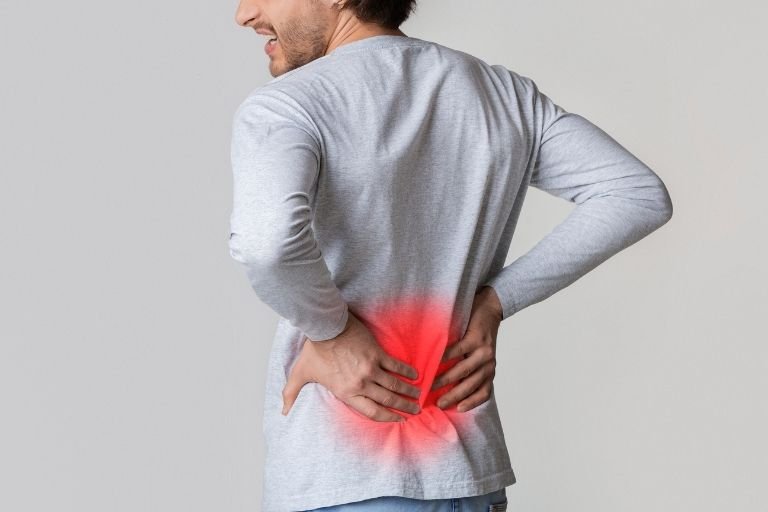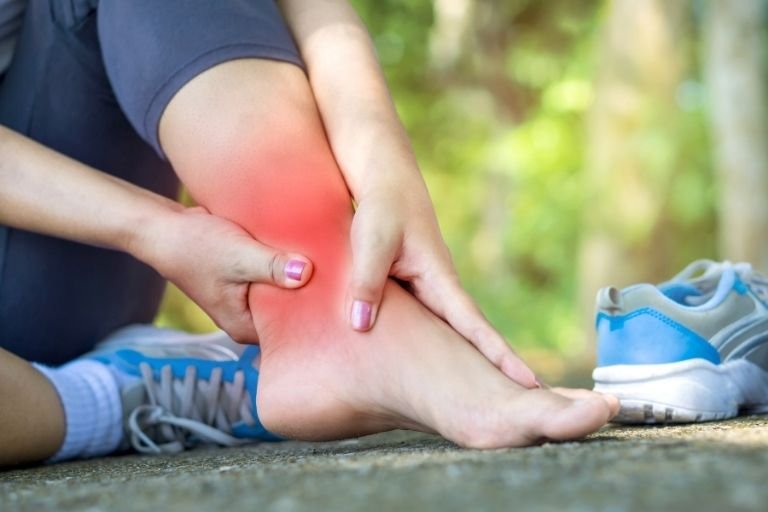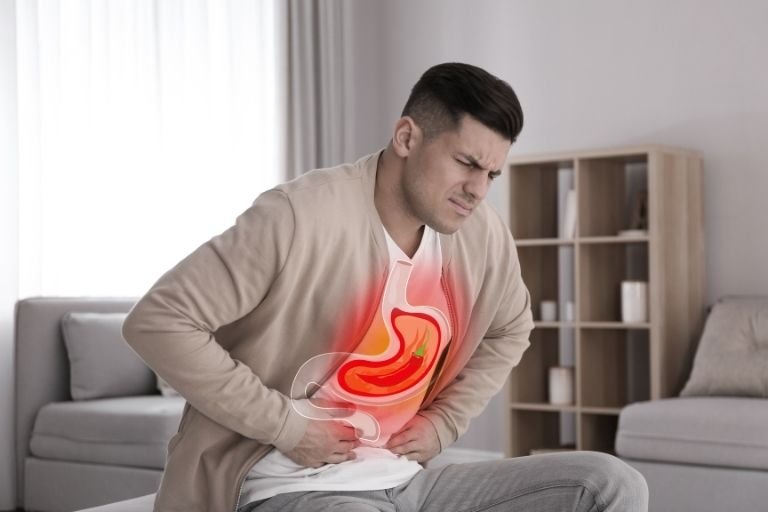- Fitwell Physiotherapy
ITB Syndrome

Iliotibial Band Syndrome (ITBS) is a common cause of outer knee pain, especially in runners, cyclists, and athletes. The IT band is a thick, fibrous tissue that extends from your hip to your shinbone. When this band becomes tight or inflamed, it rubs against the outer part of the knee, causing irritation and pain. Early physiotherapy can prevent the condition from becoming chronic and restore pain-free movement.
Please submit your details below.
Symptoms
Sharp or burning pain on the outer side of the knee
Pain that worsens with running, cycling, squatting, or climbing stairs
Swelling or tightness near the knee joint
Snapping or popping sensation during movement
Pain that reduces with rest but returns with activity
Causes
Overuse from repetitive knee bending (e.g., running, cycling)
Sudden increase in physical activity or training intensity
Tightness in the IT band, hip flexors, or quads
Weak glutes or hip muscles
Improper running form or poor biomechanics
Leg length discrepancy or uneven posture
Worn-out or inappropriate footwear
When to See a Physiotherapist
Consult a physiotherapist if:
Pain on the outside of your knee persists for more than a few days
Symptoms interfere with your ability to run, walk, or climb stairs
Home remedies like ice and rest aren’t helping
You notice stiffness, swelling, or snapping sensations near your knee
Risks
You may be more prone to ITB Syndrome if you:
Are a runner or cyclist
Train on uneven or inclined surfaces
Suddenly increase workout intensity or frequency
Have muscle imbalances or poor posture
Skip warm-ups or stretching
Wear worn-out shoes or use incorrect form
How to Prevent ITB Syndrome
Warm up before and cool down after physical activity
Incorporate hip and core strengthening exercises
Stretch regularly, especially your IT band, quads, and glutes
Avoid sudden changes in your training schedule
Cross-train to reduce repetitive strain
Wear supportive, activity-appropriate footwear
Correct your posture and running mechanics
Treatments at Fitwell Physiotherapy, Kharadi
Our tailored ITB Syndrome treatment focuses on pain relief, restoring flexibility, and preventing recurrence:
Manual Therapy
Hands-on techniques to release tight muscles and fascia along the IT band and surrounding areas.
Electrotherapy & Dry Needling
Used to reduce inflammation, improve blood flow, and release trigger points.
Targeted Stretching & Strengthening
Focused on the hips, glutes, hamstrings, and core to support better alignment and movement control.
Postural & Gait Correction
We evaluate your walking or running form and correct biomechanical issues.
Functional Rehab
Gradual return-to-activity plan tailored to your fitness level and goals.
Frequently Asked Questions
ITB syndrome, short for iliotibial band syndrome, is a common overuse injury among runners and athletes. It involves inflammation and irritation of the iliotibial band, a thick band of fibrous tissue that runs along the outside of the thigh from the hip to the knee.

































































































